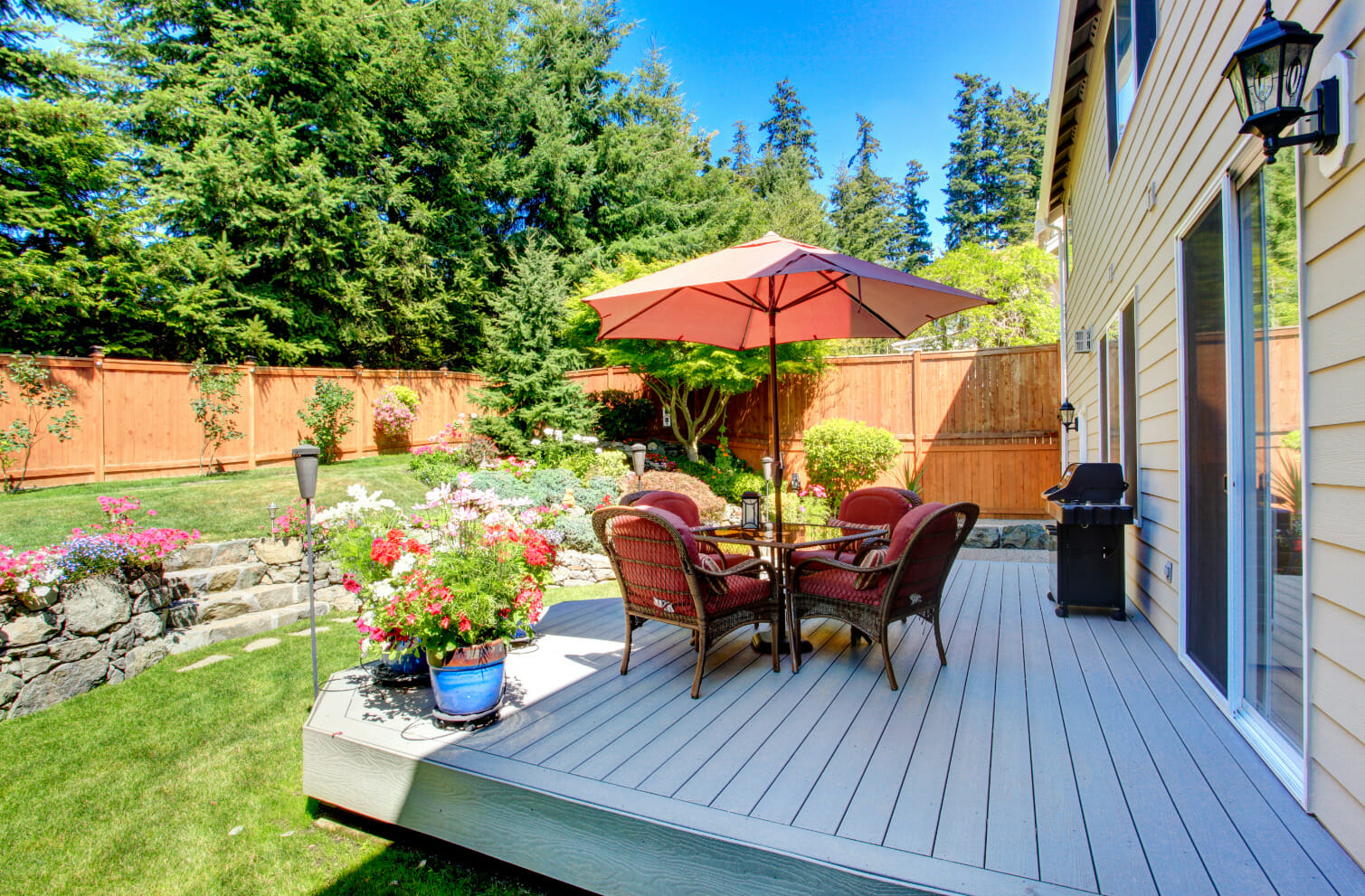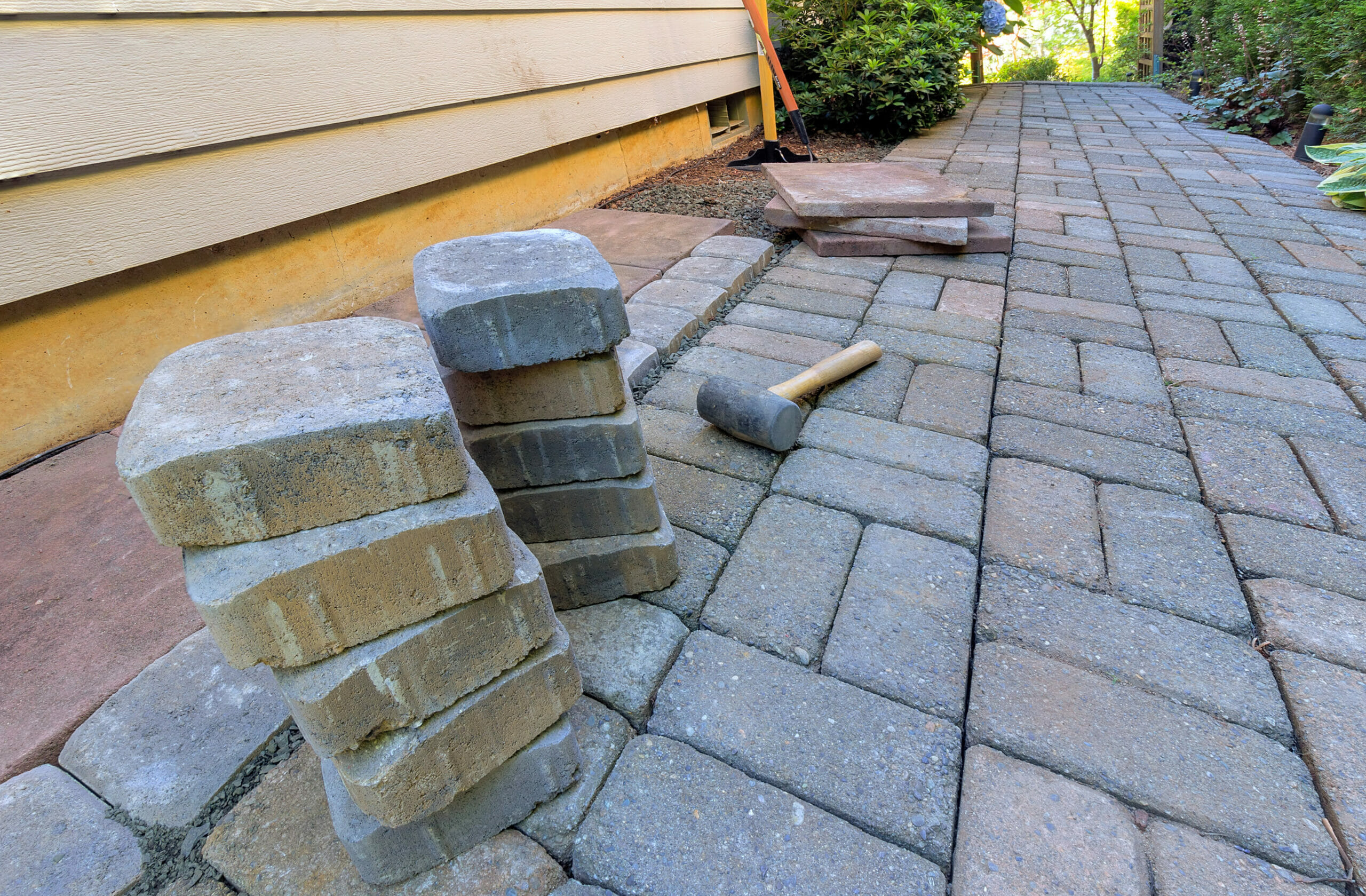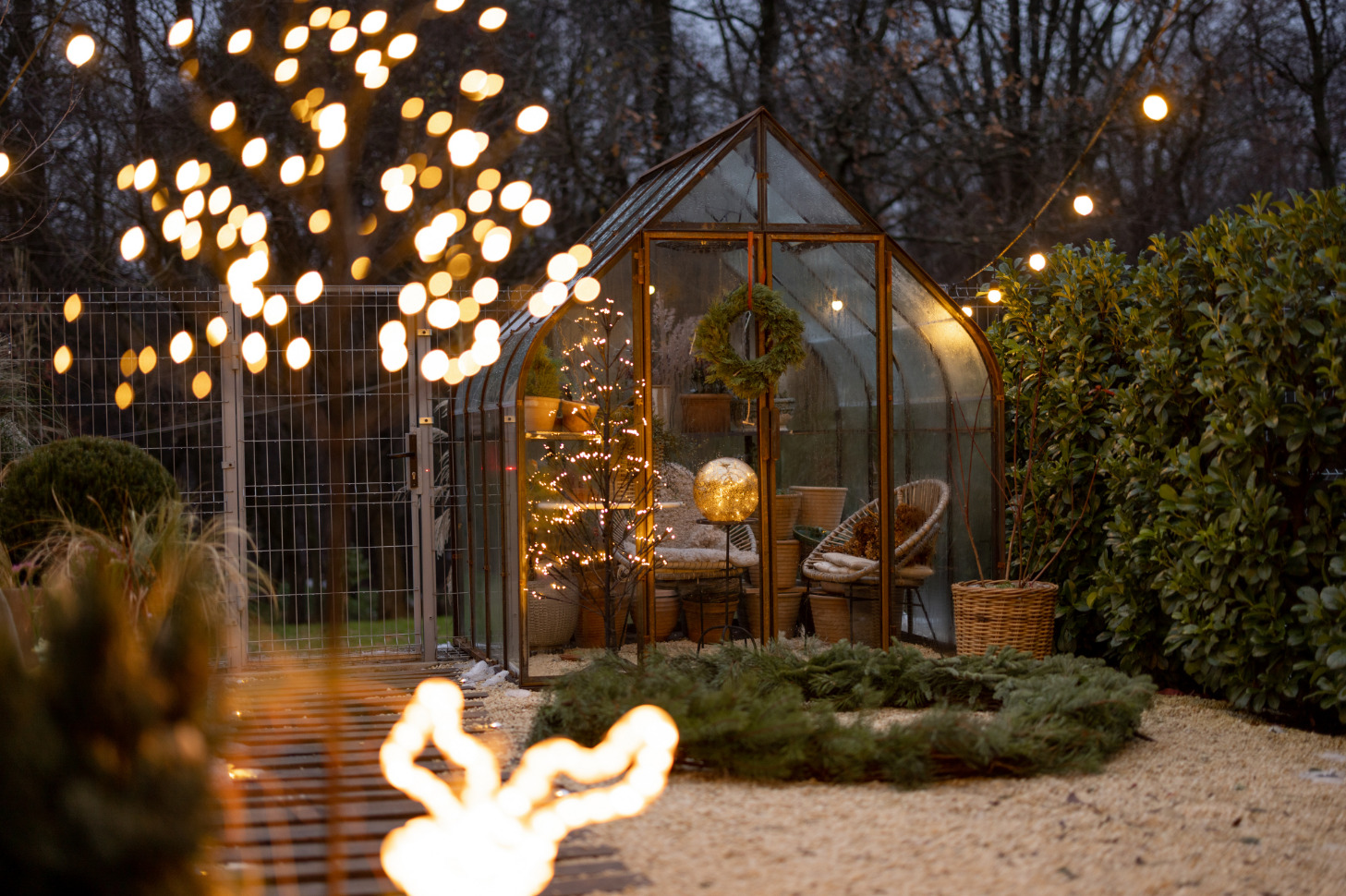
Hardscaping vs. Softscaping: Finding the Perfect Balance
Hardscaping vs. Softscaping: Finding the Perfect Balance
When it comes to creating a beautiful and functional outdoor space, striking the right balance between hardscaping and softscaping is key. Hardscaping involves the use of non-living elements like stone, concrete, and wood to create structures, while softscaping involves the use of living elements such as plants, trees, and shrubs to add beauty and natural appeal to your landscape. In this blog post, we’ll explore the benefits of both hardscaping and softscaping and discuss how to find the perfect balance for your outdoor oasis.
The Art of Hardscaping:
Hardscaping provides the backbone of your outdoor space. It offers structure, defines areas, and creates a sense of organization. Here are some key benefits of incorporating hardscaping into your landscape design:
- Durability: Hardscaping elements like pavers, retaining walls, and stone pathways are built to last, providing long-term value to your property.
- Functionality: Hardscaping can transform your outdoor space into a practical and usable area. Patios, decks, and fire pits are just a few examples of how hardscaping can enhance your outdoor living experience.
- Low Maintenance: Unlike softscaping, hardscaping requires minimal upkeep. You won’t need to worry about mowing, pruning, or seasonal plant care.
- Aesthetic Appeal: Hardscaping materials come in a wide variety of textures, colors, and styles, allowing you to customize your design to match your personal taste.
The Beauty of Softscaping:
While hardscaping provides structure and functionality, softscaping adds life, color, and texture to your landscape. Here’s why softscaping is equally important:
- Natural Beauty: Softscaping elements like flowers, trees, and shrubs introduce a sense of nature and serenity to your outdoor space, making it more inviting and relaxing.
- Improved Air Quality: Plants play a vital role in purifying the air and creating a healthier environment in your yard.
- Wildlife Attraction: Softscaping can attract birds, butterflies, and beneficial insects, contributing to a more vibrant ecosystem.
- Seasonal Changes: Softscaping introduces the beauty of changing seasons to your landscape, offering new colors and blooms throughout the year.
Finding the Perfect Balance:
Achieving the perfect balance between hardscaping and softscaping depends on your goals, preferences, and the unique characteristics of your property. Here’s how to find that balance:
- Assess Your Needs: Determine how you want to use your outdoor space. Do you need space for entertaining, gardening, or relaxation? Your functional needs will guide your hardscape choices.
- Consider Maintenance: Think about the time and effort you’re willing to invest in maintenance. If you prefer a low-maintenance yard, focus on hardscaping with minimal softscape elements.
- Blend for Beauty: Combining both elements strategically can create a visually stunning landscape. Softscape can soften the edges of hardscape features, making them more inviting.
- Think Long-Term: Consider how your landscape will evolve over time. Softscaping may require occasional replanting or pruning, while hardscaping structures should be built to last.
Contact Exterior Enterprises
In the world of landscaping, it’s not a matter of hardscaping versus softscaping, but rather finding the perfect harmony between the two. A well-balanced outdoor space offers both functionality and natural beauty. Whether you’re looking to create an inviting patio, a vibrant garden, or a serene retreat, understanding the synergy between hardscape and softscape will help you design the perfect outdoor oasis tailored to your lifestyle and preferences. Reach out to our expert hardscaping team to start creating your ideal outdoor space today! Contact us now!




